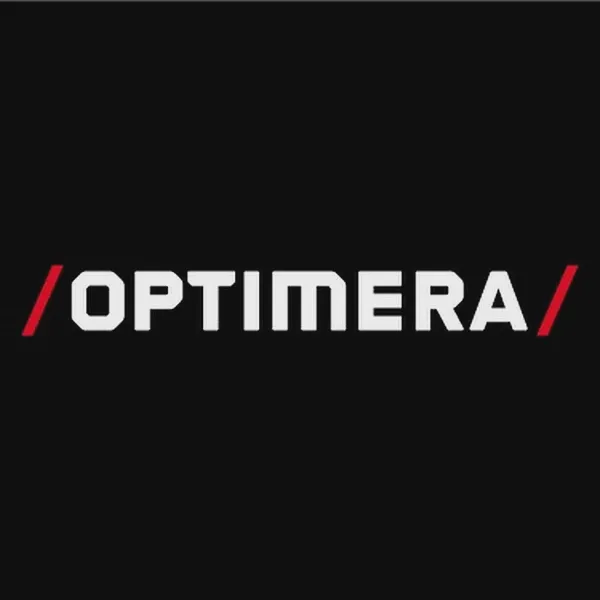Optimera Svenska AB: EPD coverage at a glance
Optimera is a pro‑focused builders’ merchant in Sweden with sizable private‑label lines that now carry product‑specific EPDs. If you sell into Nordic projects, this is a quick read on what they offer, where the declarations exist, and where adding a few more could unlock specs you might be missing today.


Who Optimera is, in one minute
Optimera Svenska AB sits at the center of Sweden’s building supply chain. Think national merchant plus private‑label manufacturer. Their catalog spans structural materials, masonry, flooring prep, membranes, carpentry, hardware and more. Across categories, the SKU count runs into the thousands, with private‑label ranges in the dozens to low hundreds.
What they actually sell
Two names matter for environmental reporting. Ultipro covers dry concrete, mortars, screeds, primers and building foils. Opus is used on joinery and related building elements like exterior doors. The rest of the assortment blends well‑known third‑party brands that already publish their own EPDs.
Current state of EPDs
Optimera owns a growing set of product‑specific EPDs for Ultipro and Opus. Examples include building foils valid to late 2028 and several dry concrete and mortar mixes with validity extending into 2030 (EPD International, 2023; EPD International, 2025). That mix covers core, high‑volume materials frequently called in early specs.
Coverage strengths you can bank on
- Cement‑based products: dry concrete, screeds, and masonry mortars are well represented with EN 15804+A2 EPDs. These hits show up in common bid packages and help avoid conservative default factors in carbon accounting.
- Building envelopes: age‑resistant building foils have product‑specific declarations, useful when climate declarations scrutinize A1–A5 product data.
- Exterior doors: Opus wooden doors carry an EPD that plays neatly with procurement asking for verified disclosures.
Likely gaps and quick wins
We did not see public EPDs for private‑label sealants, general plywood or common fasteners at the time of writing. Those products appear in many submittal sets, yet specifiers dont love chasing generic data. Competitors already surface EPDs for analogous items, for example anchors and fixings from Hilti published through EPD Hub in late 2024 with five‑year validity windows (EPD Hub, 2024). If your best seller sits in one of these uncovered buckets, that is a low‑drama win to capture.
Why EPDs matter even more in Sweden right now
Sweden requires climate declarations for new buildings, and Boverket’s register counted 1,765 submissions across 2022–2024, with ongoing updates through 2025. Product‑specific data helps teams avoid penalty factors in those files (Boverket, 2025). Boverket has also advanced work on limit values and an expanded scope, with earliest adoption milestones discussed for 2025 and 2027 respectively (Boverket, 2023).
And globally, the LEED signal keeps getting louder
Project teams still lean on LEED material credits that recognize product EPDs. LEED v5 moved through member ratification on March 28, 2025, and keeps the emphasis on embodied carbon transparency without up‑ending the basic EPD playbook (USGBC, 2025). Translation for sales: with an EPD, you are easier to keep in the spec rather than swapped for a declared alternative.
Competitive set you’ll meet on bids
On distribution, Optimera commonly faces Beijer Byggmaterial, XL‑BYGG, Byggmax and international retailers in select regions. On product swaps, cementitious systems often go head‑to‑head with Weber, Finja and Mapei. For membranes, designers compare against Pro Clima and Isover Vario. Doors compete with Swedoor and Diplomatdörrar. Each of these brands publishes EPDs across key lines, which nudges procurement toward declared products.
What this means for portfolio planning
- If you sell into Sweden, assume climate declaration workflows are standard. Teams will ask for verified product data or assign conservative factors. The EPD smooths both pricing and compliance conversations.
- If you market private‑label SKUs, aim to cover every item that lives in early design decisions: envelope layers, structural or semi‑structural wet products, and doors. Then mop up the sleepers that trigger submittal friction, like fixings and sealants.
- Pick a partner who can pull site data with minimal disruption, align you to the prevailing PCR, and publish with your preferred operator. The fastest path is usually ruthless data collection plus experienced modeling, not clever slides.
Where to read Optimera’s own stance
Optimera publishes sustainability goals and documentation access on its site, including targets across their value chain and guidance on climate data workflows. See their sustainability section for context and policy language (Optimera sustainability).
Bottom line
Optimera is not just a merchant. Their private‑label materials now show credible EPD traction in concrete, masonry, screeds and envelopes, with room to extend into fixings and sealants. That extension is a commercial layup because it removes excuses in carbon‑tracked tenders and keeps you in the spec when the playlist finally locks. If you need speed, focus on making data collection painless and let experts do the wrangling so your plant teams stay on the floor where they’re needed most.
Frequently Asked Questions
Does Optimera publish product-specific EPDs for its private-label lines?
Yes. Ultipro and Opus include multiple product-specific EPDs published under EN 15804+A2, with many valid into 2028–2030 (EPD International, 2023; EPD International, 2025).
How do Sweden’s climate declarations affect material selection?
Developers must register climate declarations for new buildings. Teams prefer product-specific EPDs to avoid conservative defaults and to document A1–A5 accurately. Boverket reported 1,765 declarations for 2022–2024 with updates in 2025 (Boverket, 2025).
Will LEED still reward product EPDs in upcoming projects?
Yes. LEED v5 was ratified by members on March 28, 2025 and continues recognizing EPD-backed transparency within materials credits (USGBC, 2025).
